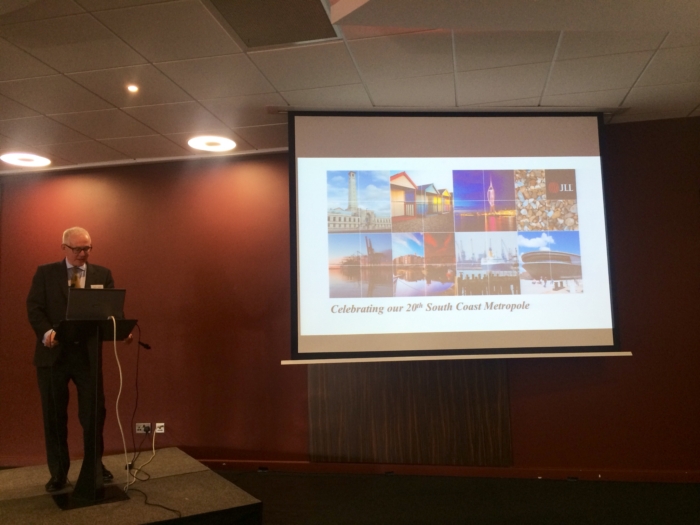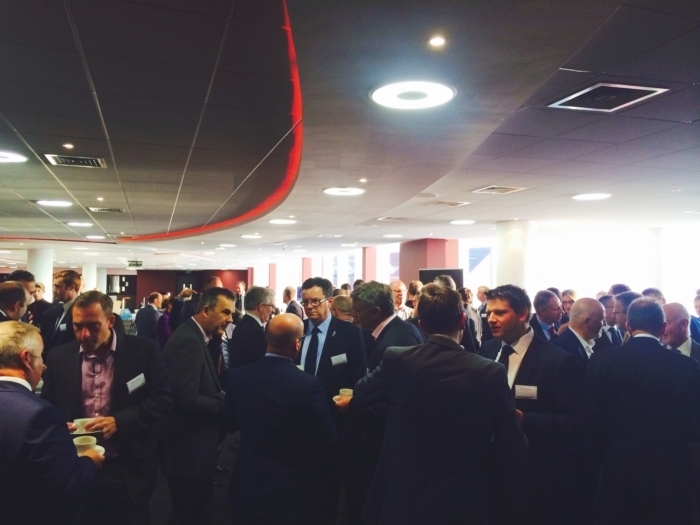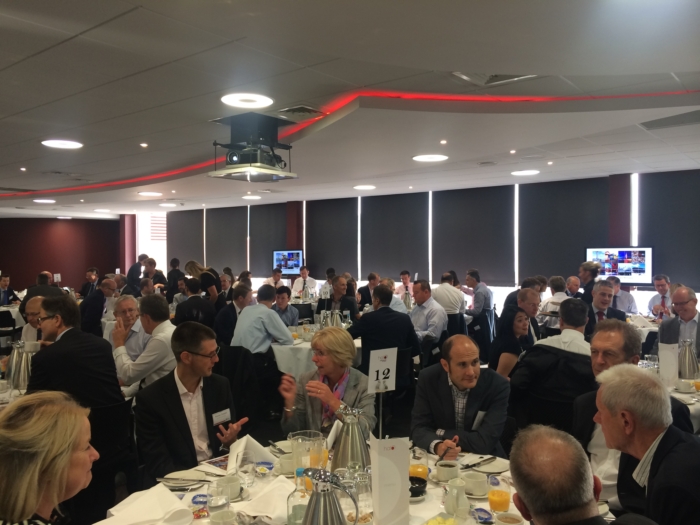Southampton and the South Coast region is set to attract millions of pounds worth of investment as developers look to put their money in places outside of London, according to a report published on Friday 2nd October by property consultancy JLL.
As developers struggle to extract value from the competitive London market, they are increasingly looking to the regional towns and cities that have good commuter connectivity and this is opening up new opportunities for Southampton and the neighbouring region.
JLL predicts that more investors will follow in the footsteps of London-based organisations such as Grosvenor, which is creating a new arts complex in Southampton and Hammerson, the company behind the city’s £80 million retail and leisure development.
“There’s no doubt that there’s a real sense of gathering momentum in Southampton at the moment and the city is entering a new phase of rapid growth,” says Michael Green, head of JLL’s Southampton office.
“Southampton has a unique opportunity now to capitalise on this period of relative political and economic stability. New developments are now underway that will change the shape of the city and inject new life into it, and attracting major players from the Capital will play an important part in fulfilling this ambition.
“There seems to be a particular focus on the rejuvenation of Southampton’s cultural and arts scene, with investment by Southampton Solent University to create new teaching spaces, conference facilities and exhibition space at its East Park Terrace Campus as well as Grosvenor’s new arts complex on Above Bar Street.
“There’s some way to go before the city can rival the likes of Liverpool or Glasgow but the building blocks are certainly now in place and we expect more investment in Southampton’s cultural offer over the next five years.”
JLL’s annual South Coast Metropole report provides a full and in depth round-up of the property market in Southampton and the surrounding South Coast region, and the findings were presented at a breakfast briefing on Friday 2nd October. It covers the residential, commercial office, industrial and retail markets.
The report also examines the dramatic changes taking place in the office market as occupiers look for smaller and more flexible space. As working practices change and the number of start-ups increases, the demand for quirky ‘factory-style’ space with smart services and low running costs is changing the face of the local and regional office market.
Michael says: “The days of the traditional office are surely numbered. Lifestyle features, such as break-out areas, gyms, rooftop gardens, are becoming increasingly important and we are working with a number of companies in Southampton and across the region, advising on how to create this next generation of offices. Latimer House is just one example of a traditional office space being radically transformed into a boutique location aimed at growing businesses.
“Of course technology is a major factor and offices now need to be ‘smart’ too. The challenge for the property market is to keep pace with this as technology is currently advancing faster than the built environment can adapt.
“There are huge opportunities for landlords that take all these features into account when refurbishing their properties, and we are seeing strong rental growth in this sector.”
JLL’s report also highlights the continuing lack of supply in the office market exacerbated by the introduction of Permitted Development Rights in 2013 which means that an increasing number of offices are being taken off the market and converted into homes.
“With diminishing office supply in Southampton city centre and market confidence returning, quality office accommodation is in limited supply. As a result, rents are increasing throughout the South Coast Metropole region but they are not yet at a level that would make new speculative development financially viable”, says Michael.
The outlook for the industrial market in the region is positive with the sector outperforming the office and retail sectors across the Metropole region. Demand from industrial occupiers remains high although there is a lack of space on offer, with supply of grade A stock being at an all-time low.
“The absence of speculative development over the last six years is taking its toll and the region is not able to meet the current demand from industrial occupiers,” says Michael.
“However, 2015 is turning out to be a landmark year with the re-emergence of speculative development in the region including Glenmore Business Park in Chiechester, Daedalus Park in Lee-on-the-Solent, Andover Business Park and Evolution 50 at Walworth Business Park.
“We remain upbeat about the outlook for our region. Southampton is entering an exciting period of growth and development with some key sites that have been neglected for years on the cusp of transformation. This will create fantastic civic spaces and drive further investment in years to come.”

























